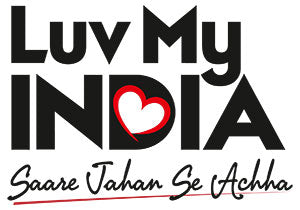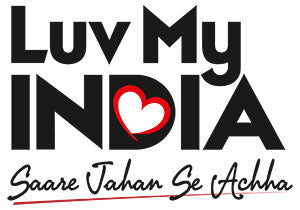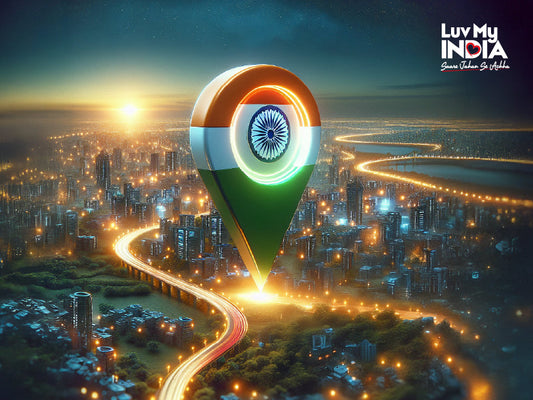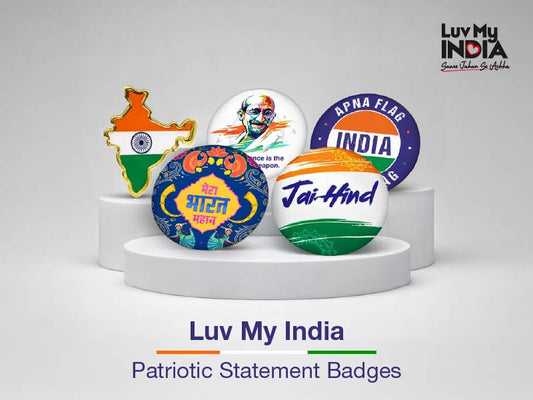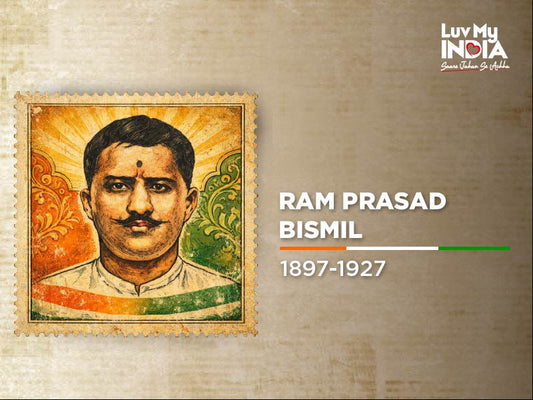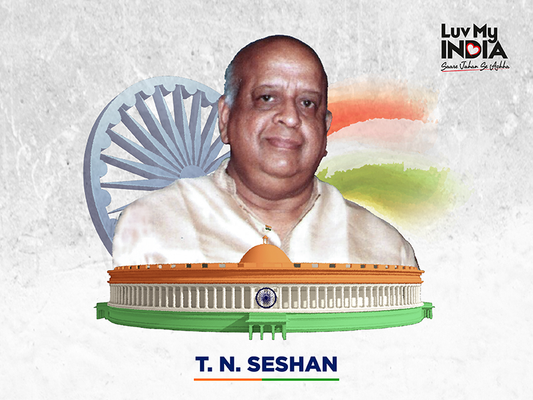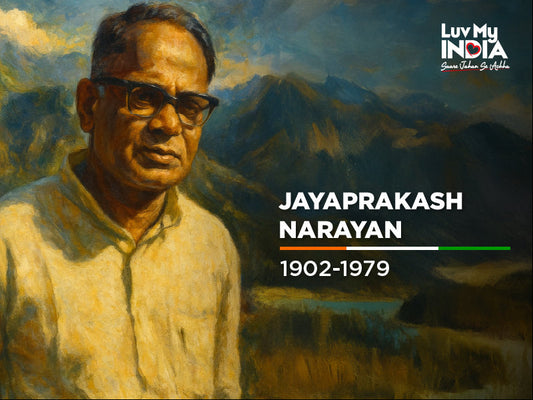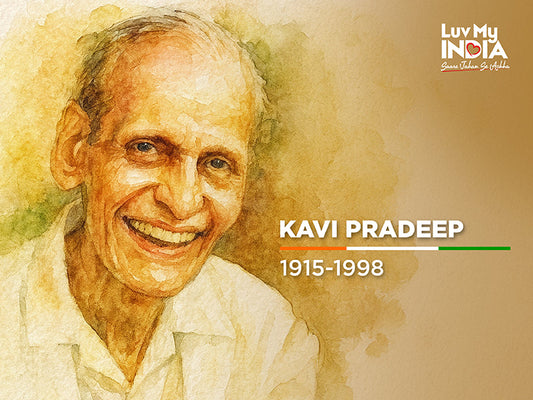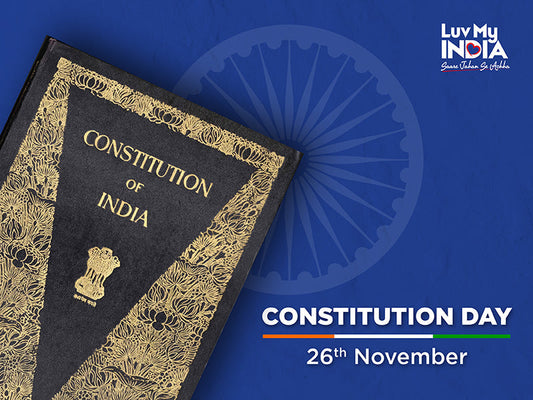Let’s visualise this: It's the early 1900s, and India's freedom fighters are stirring up a revolutionary storm against the oppressive british rule. But something's missing in this quest to break free from the foreigners’ shackles – a powerful symbol to unite millions of Indians under one focused cause. Enter the flag! But hold up, the Tiranga flag that we know today wasn't the first version of it. Our national flag went through a design and symbolic evolution! Let’s take a journey through history to understand better.
1906 – The First Spark
The first unofficial flag emerged in 1906 during the swadeshi movement. It had three horizontal stripes of colours green, yellow, and red. The green stripe contained eight blooming lotuses, the yellow had Vande Mataram written in devanagari script, and the red displayed visuals of a sun and a crescent moon. It was filled with symbolism and meaning.
1921 – Mahatma Gandhi's Vision
Let’s fast forward to 1921. Gandhi Ji, the simple man with a splendid mission, wanted a flag representative of all the communities. This version of the flag had the colours red (symbolising hindus), green (symbolising muslims), and a white band in the middle with a spinning wheel or the charkha, symbolising the spirit of self-reliance. A simple yet powerful idea.
1931 – The Tricolour Takes Shape
1931 was a real game-changer! The flag finally took the form which was very close to our modern Tiranga flag. Well almost! It had a saffron band on top, white one in the middle, and green at the bottom, but continued with another version of the charkha at the centre. These three colours stood for courage, truth, and faith.
1947 – The Grand Finale!
Finally, on the 22nd July 1947, just as India stood on the cusp of independence, the current Tiranga flag design that we know of was officially adopted. The charkha at the centre was replaced by the navy blue Ashoka Chakra, a 24-spoke blue wheel from the which symbolised law, dharma, and the idea of constant motion and progress. And guess what? Every colour carried with it a deeper meaning:
- Saffron – Stood for courage and sacrifice.
- White – Stood for peace and truth.
- Green – Stood for growth and prosperity.
Flag Facts to Flex
It is mandatory that our flag must be made from khadi which is handspun cloth; thanks to Mahatma Gandhi’s swadeshi spirit.
It's a really big deal to hoist the flag correctly with the saffron band on top. No disrespect allowed!
The Tiranga can be hoisted proudly by any normal citizen in today’s times, but it wasn’t always the case. This right which broke through the exclusivity was granted in 2002 after a long legal battle led by Mr Naveen Jindal.
So the next time you see the Tiranga flag fluttering high, remember – it’s not just a piece of cloth. It’s a story of our country’s history, a painstaking struggle, and a symbol of every dream that India stands for. Make sure to get your own Tiranga flag at Luv My India.

